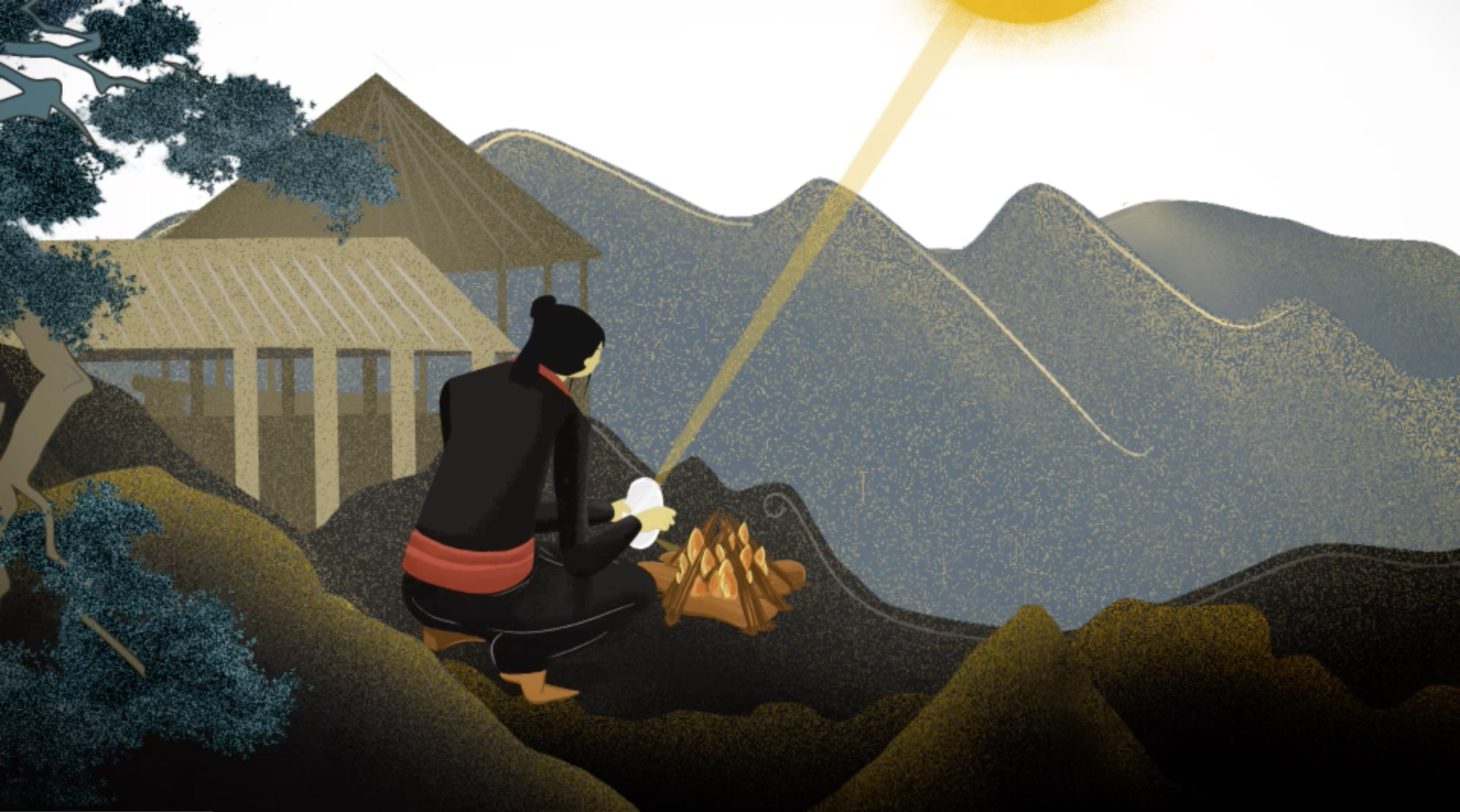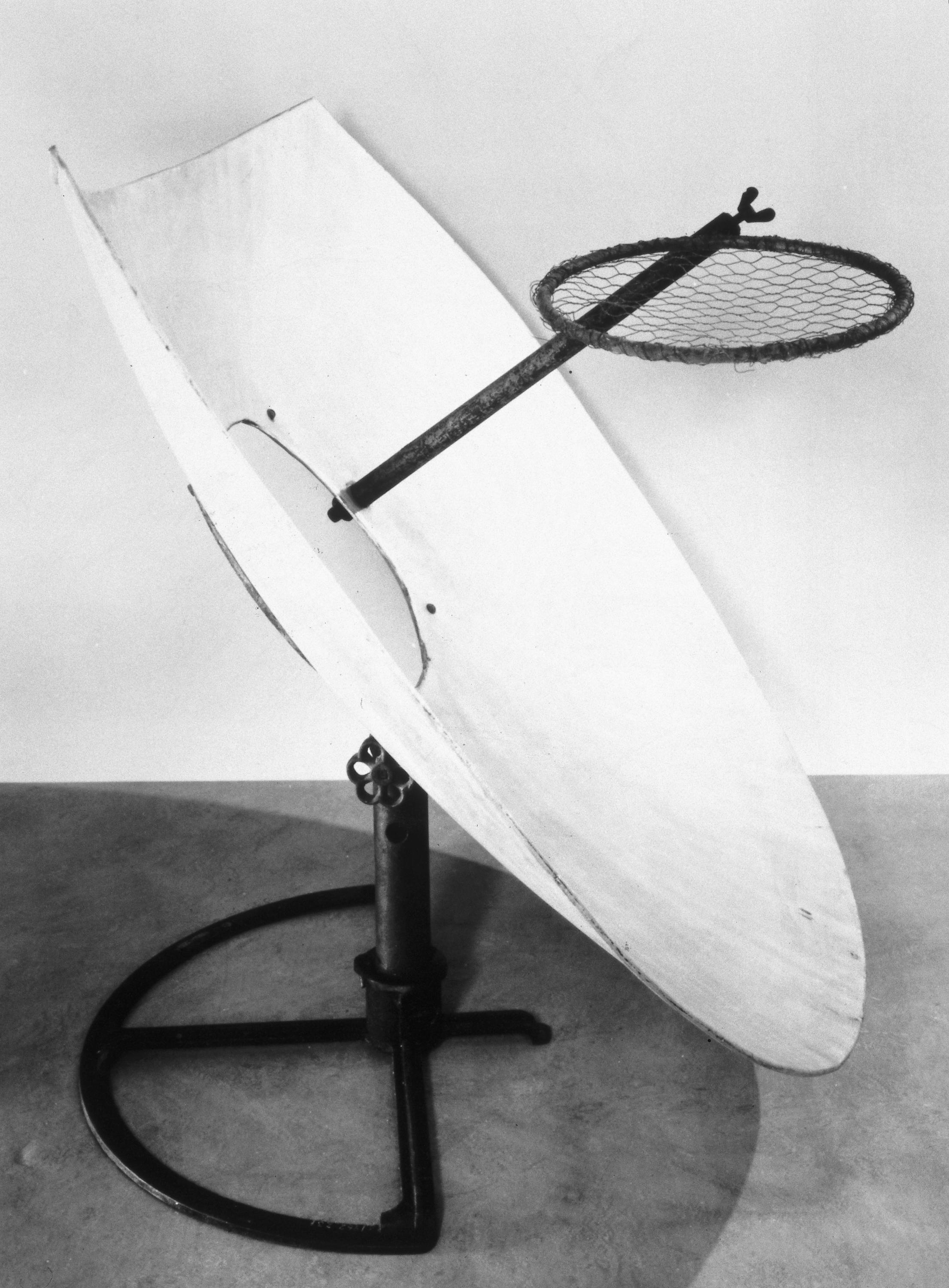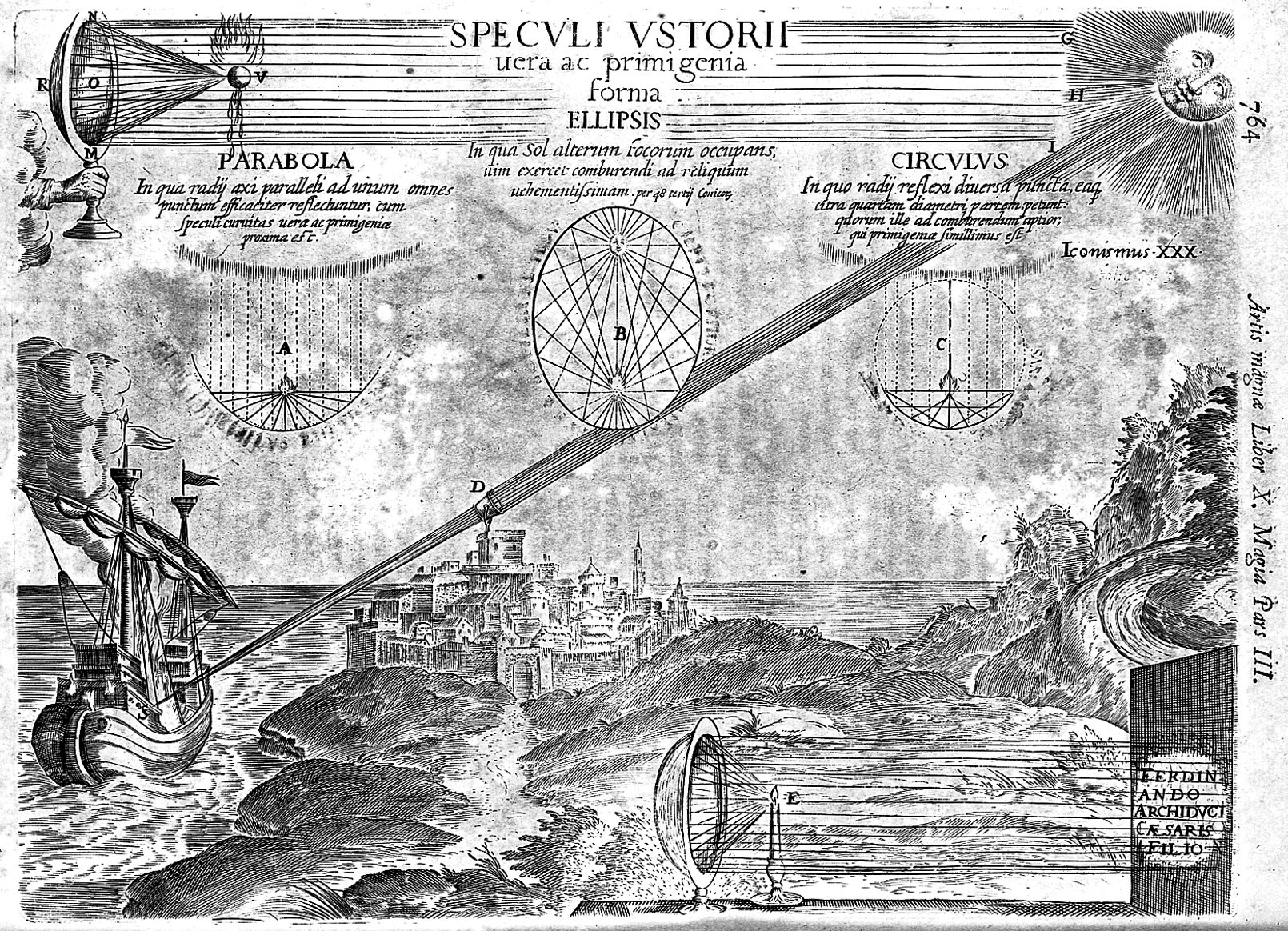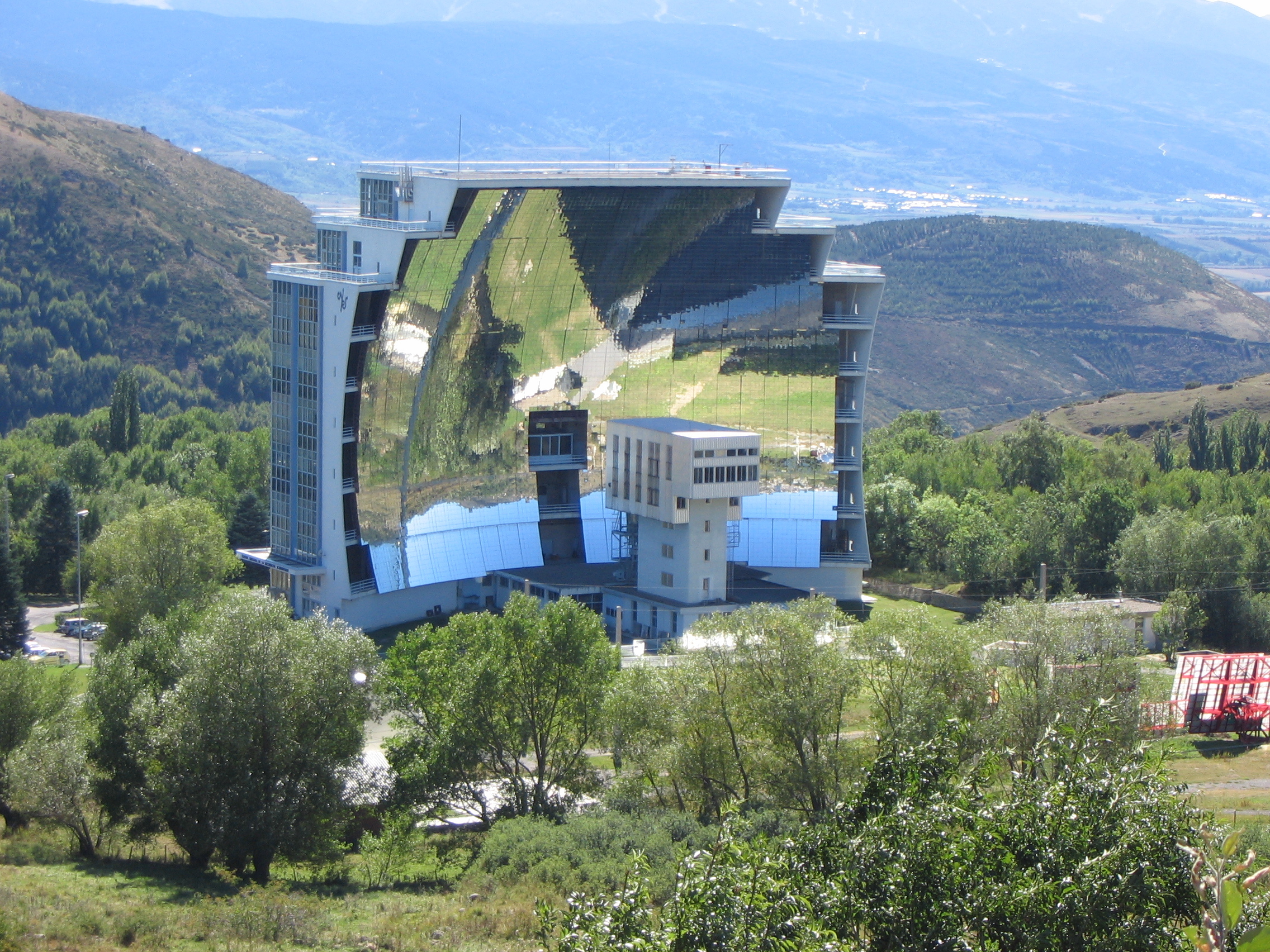A magnifying lens. Some dry leaves. The determination to get that first spark. This is one of my clearest childhood memories, and one that many of us will share.
Whether in school, at scouts or at home, using a magnifying lens in an experiment to generate fire is a fairly common activity. But how is this technology useful?
For cooking
Among the first known tools made to harness the power of the Sun are Yangsui burning mirrors, made in Ancient China, around 3,000 years ago.
Like a magnifying lens these concave bronze mirrors reflected and focused the Sun’s rays to a specific point. On a bright sunny day this produced enough heat to start a fire.
In Ancient China a burning mirror was a very useful tool for cooking food. Confucius writes that every son would attach a burning mirror to his belt when he dressed for the day, to later start the family fire.

Today, burning mirrors have evolved into solar cookers.
They work in a similar way, by concentrating the power of the sun, but instead of using that power to make a fire they cook the food directly. Solar cookers have enormous potential in remote areas of sunny regions, such as parts of India and China, where access to electricity may be limited.
Another benefit is that they do not produce smoke, which is estimated to cause 4 million deaths per year.

As a weapon
As many ants who have been at the mercy of a child wielding a magnifying lens will know, focusing the light of the Sun can be dangerous.
The potential destructive power of burning mirrors was recognised as far back as Ancient Greece. Legend tells of the exploits of Archimedes, who set fire to enemy Roman ships during the siege of his home town, Syracuse, with the help of giant mirrors.
Although unlikely to be true, the idea fascinated scientists in the 1600s who tried to re-enact and explain this phenomenon.

Today firefighters warn against leaving glass ornaments on windowsills as they have the potential to concentrate the Sun’s rays and set homes on fire.
For example, on Christmas Day in 2014 a snow globe in the window of a charity shop concentrated the Sun’s rays which then ignited ‘reindeer food’ and fake snow causing severe damage.
The idea of using this technology as a weapon is explored in the James Bond film Die Another Day. The plot revolved around baddie Gustav Graves, who used a huge concave reflector in space to focus the rays of the Sun onto Earth, wreaking destruction and causing havoc.
Luckily Bond and NSA Agent ‘Jinx’ Johnson save the day.
Icarus solar reflector weapon in action from Die Another Day
For experimentation
In the eighteenth century burning mirrors or lenses were used in chemistry experiments. They had advantages over burning charcoal, as the heat from the Sun did not produce any pollutants, which could contaminate the experiment.
For example, Joseph Priestley used a burning mirror in his celebrated experiments of 1774 when he discovered a new chemical element – ‘oxygen’, named by his rival Lavoisier.
Today the world’s largest solar furnace at Font-Romeu-Odeillo-Via in Southern France, is used as a research site for studying materials at high temperatures.
Built in the 1960s it uses 9,600 mirrors to reflect the Sun’s rays onto a central target. Within a few seconds temperatures of 3,500°C can be reached.

Throughout history, from ancient China to modern day France, people have used the Sun’s rays to make fire.
Burning mirrors or lenses have been used for cooking, experimentation and even as a potential weapon. Whether a film director or a kid with a magnifying lens the Sun is a constant presence in our lives and we will continue to utilise its power.
Learn more about humanity’s relationship with our nearest star in this blog series, based on our recent exhibition The Sun: Living With Our Star.